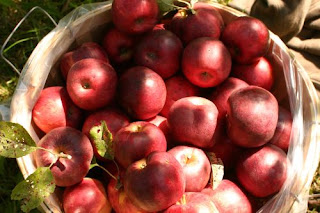Each one who has an interest in organic farming or green farming has to know about soil and how to treat to it. There are five different soil types. These soil types look very different. Many soils are a mixture of minerals. Each soil type has advantages and disadvantages. Each needs a slightly different management technique and supports different types of plants.
Sand
This is a dry, light soil, which will feel gritty if rubbed between fingers. Sand particles range in size from 0.2mm, to 2mm. 0.2mm for the very finest sand, while 2mm for the coarsest. Sandy soil is easy to work and it is particularly good because it warms up quickly in the spring and can therefore be cultivated earlier than most soils. It is free-draining. So nutrients tend to be lost easily. Therefore it will need to be supplemented with a great deal of organic matter as well as extra fertilizer.
This is a dry, light soil, which will feel gritty if rubbed between fingers. Sand particles range in size from 0.2mm, to 2mm. 0.2mm for the very finest sand, while 2mm for the coarsest. Sandy soil is easy to work and it is particularly good because it warms up quickly in the spring and can therefore be cultivated earlier than most soils. It is free-draining. So nutrients tend to be lost easily. Therefore it will need to be supplemented with a great deal of organic matter as well as extra fertilizer.
Chalk
Chalk is rough in sight. Chalk often contains a high proportion of rocks and flints. The large particles make it free-draining and quick to lose nutrients and water. The topsoil is rather shallow. So it is unsuitable for plants with deep roots. Chalk is very alkaline. So it contains a great deal of lime, therefore is inhospitable for many plants.
Clay
This is a heavy, cold soil which feels sticky when it's moist and hard and compacted when dry. The particles are less than 0.002mm in size. This means that clay soil does not drain easily and is difficult to work in wet conditions. However, it is possible to turn it into a very workable fertile soil. That's its big advantage. Clay soils are normally well supplied with plant foods and are able to support a wide variety of plants.
Silt
This type of soil is neither gritty nor sticky. The soil particles are small. They are between 0.002mm and 0.02mm. Silt is smooth and silky. When wet, it has a tendency to pack down, leaving the soil cold, heavy, and badly drained. However, it is possible to improve the texture of the soil applying liberal quantities of compost or manure. Silt soils support the same range of plants as clay.
Peat
Peat is a distinctive dark brown or gray color, and has a spongy texture. It is rich in decomposed organic matter and therefore requires little additional compost or manure. The younger brown peat is easier to work and more fertile than the heavier, black, boglike type. All peaty soils tend to become waterlogged, so need to be drained artificially. Peat is acid and will need to have lime added to increase the range of plants that can be cultivated.
Home page: Grow organic garden-eat your biological food
Home page: Grow organic garden-eat your biological food













